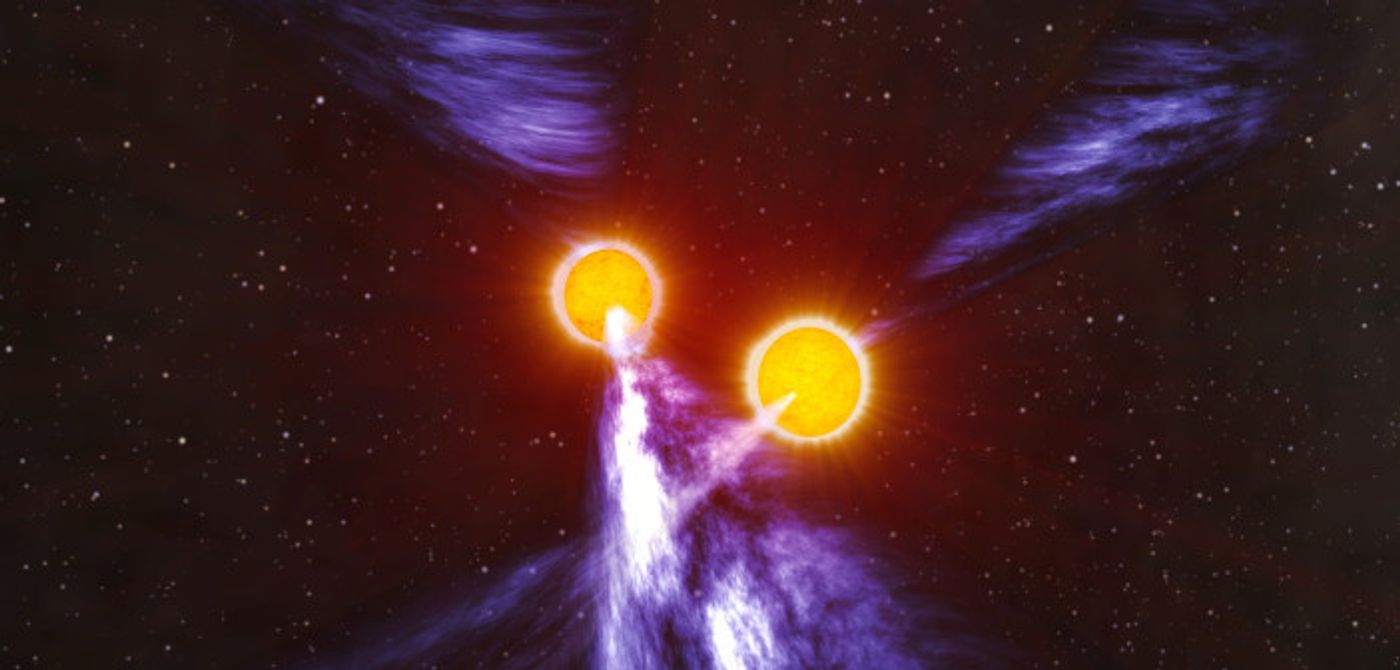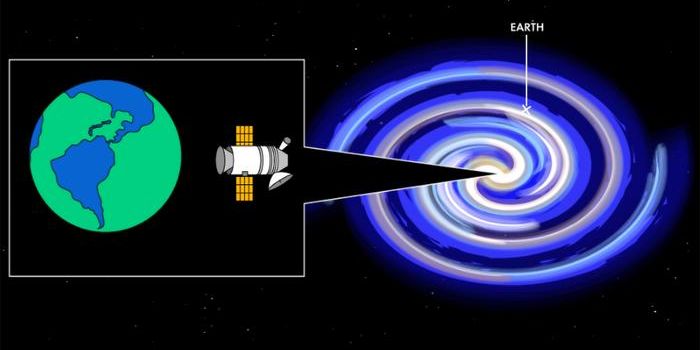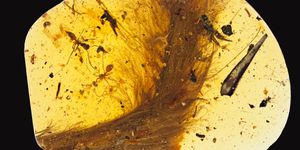Double Neutron Star System Discovered by Einstein@Home Project
Because it’s costly and difficult to always have the amount of computational power scientists need to run data checks and process information in a quick and efficient manner, the Einstin@Home project was conceived in an attempt to let ordinary people volunteer their idle home or work computer’s processing power to the cause.
So far, this project seems to be successful. Scientists are claiming they’ve discovered a rare double neutron star system thanks to the project and are spending time measuring the pulses they give off independent of one another. The findings have been published in the Astrophysical Journal.
Image Credit: John Rowe Animations
This finding is actually quite important because there are only around 2,500 known radio pulsars to date, and only 14 of those 2,500 are known to be double neutron star binaries. That makes this the 15th.
PSR J1913+1102, as they’re calling it, was discovered by Patrick Lazarus from the Max Planck Institute for Radio Astronomy and his colleagues. It has been found to have a 27.3 millisecond spin period and has a nearly perfectly circular binary co-orbit with its companion.
The team goes on to explain that these kinds of orbital patterns typically aren’t stable, so that’s what makes them so interesting to study. It is believed that a supernova explosion may have held enough of a forceful ‘kick’ to create the orbital path it follows today.
Notably, neither of the neutron stars have a visible beam from Earth, which means one of three things:
- The beams don’t line up with the Earth, so they’re not visible at this great distance
- The beams are too faint to see from this great distance
- The neutron stars are simply not pulsating anymore like they used to
Since so little is known about these kinds of systems because of their rarity, it’s important to study them any time we find the chance to. These kinds of powerful systems provide a bevy of information into the study of the Theory of General Relativity, and so getting a chance to observe them directly is a valuable opportunity.
At this point in time, more patience is required to learn more about PSR J1913+1102, but Einstein@Home will keep on computing through more data, searching for more important study zones in outer space in the meantime. Will we find more rare systems like this one? – Time will tell!
Source: AAS Nova









